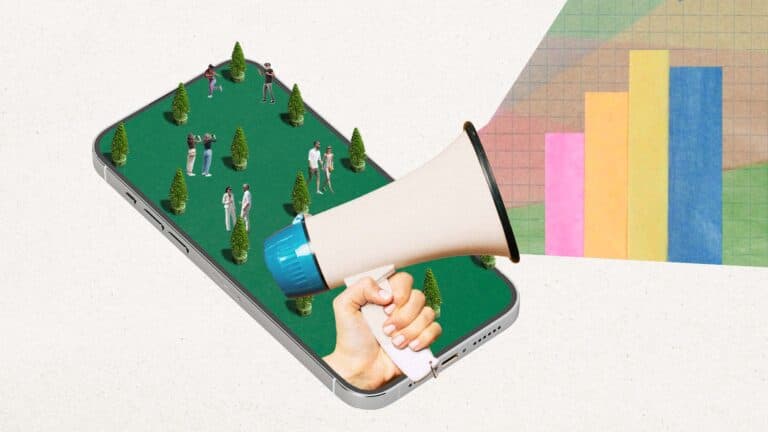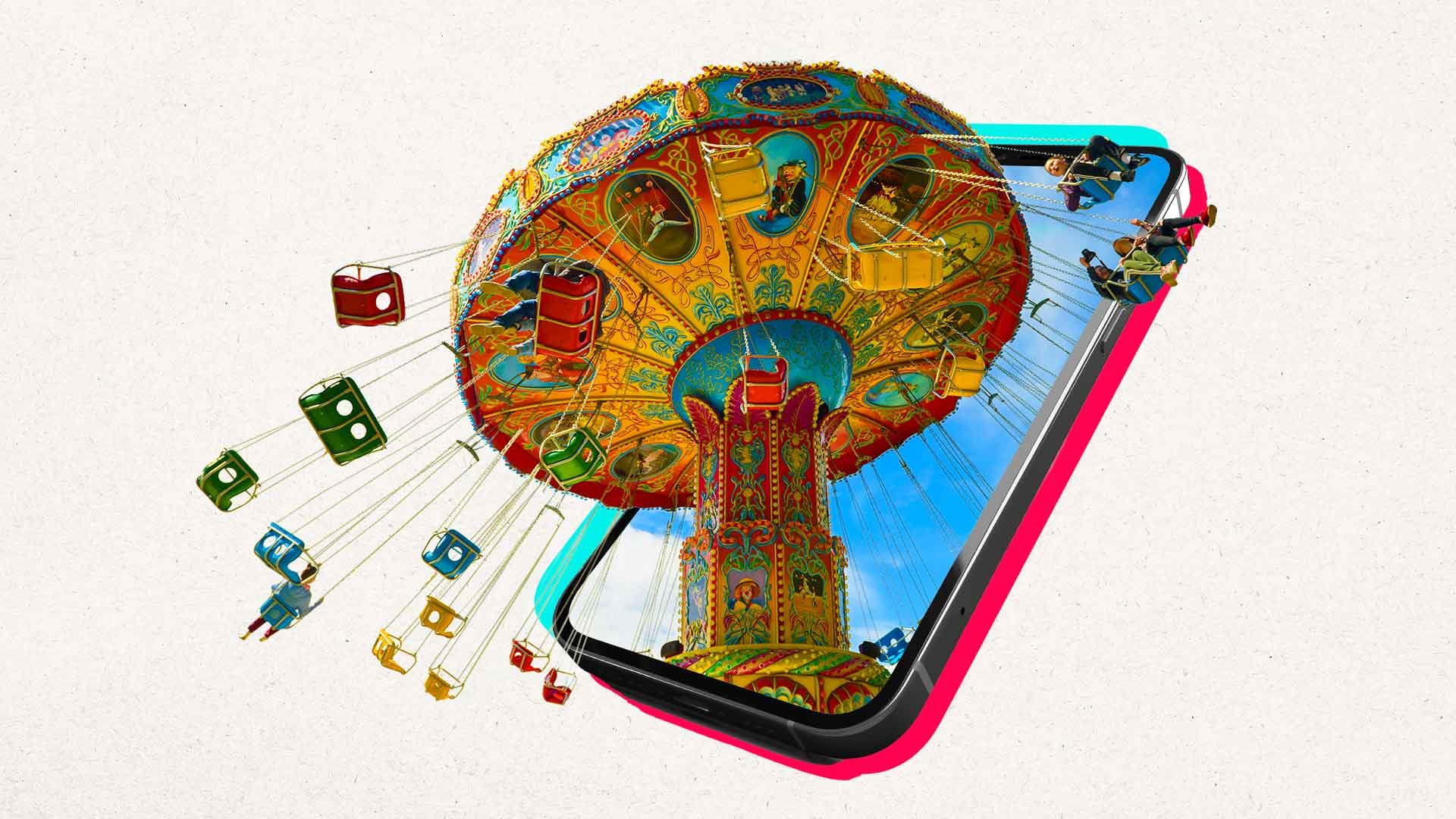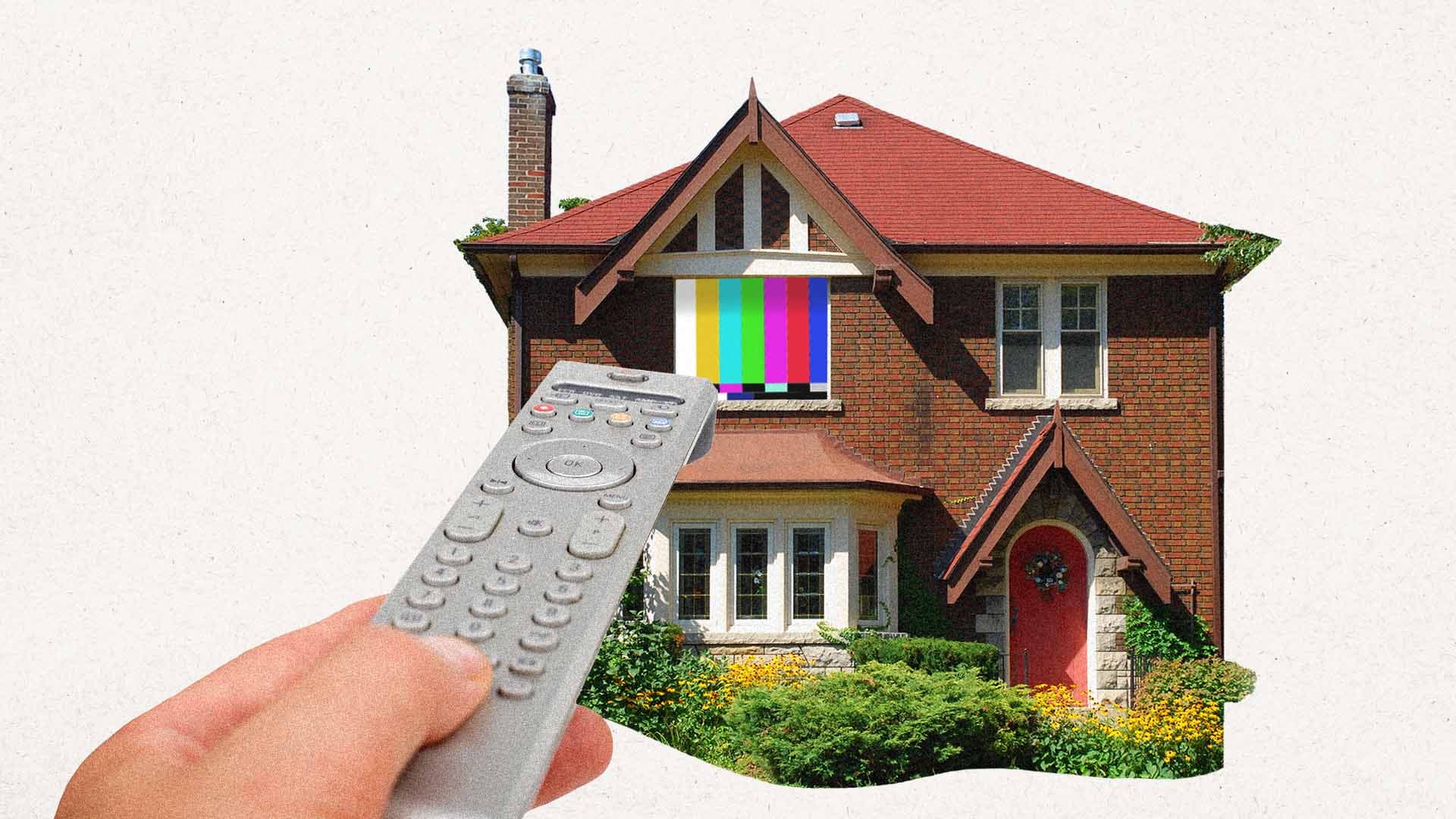Social Media Strategies for Event Hype and Follow-Up

It’s 2023. We all know the power of social media. This power is just as effective in the world of event planning. For events, the role of social media has evolved from a mere promotional tool to a necessary, interactive platform that can significantly impact an event’s success. Whether it’s a live webinar or an in-person trade show, the key to achieving desired outcomes for an event lies in effectively engaging the audience. This engagement spans both the period leading up to the event, where you generate pre-event hype, and the post-event phase, where you continue to build connections and gather valuable feedback. In this blog, I explain the importance of social media strategies for pre-event hype and post-event follow-up, and how they can be leveraged to maximize the impact of an event.
The Pre-Event Hype: Building Anticipation
Before diving into the specifics of pre-event social media strategies, it is crucial to understand the importance of generating hype. When planning an event, the organizers must create anticipation and excitement around the event. Doing this can drive attendance and ticket sales, generate positive word-of-mouth marketing, and build a sense of community. Here are a few tips to effectively do this on social media:
- Countdown Posts: Social media platforms provide an ideal space for countdown posts. As the event date approaches, regular posts counting down the months, weeks, days, or even hours can create a sense of urgency and excitement. This strategy allows for consistent interaction with the audience and keeps the event on their radar. A post announcing, “We are one month away from ___ !” can go a long way towards generating pre-event anticipation.
- Behind-the-Scenes Content: Offering glimpses behind the scenes can be incredibly enticing. Sharing images and videos of event preparations, booth setup, and sneak peeks at exhibitor products builds a sense of transparency and excitement. It makes the audience feel like they are part of the event’s journey.
- Teasers and Highlights: Sharing teasers and highlights of what attendees can expect at the event is crucial for building anticipation. Showcase key exhibitors, attractions, and any unique aspects of the event to give potential visitors a taste of what they’ll experience.
- User-Generated Content: Encourage users to create content related to the event. Running contests or ticket giveaways on social media platforms can drive user engagement and generate buzz. Reposting user-generated content from events in years past can also be used for promotional purposes.
- Promotional Hashtags: Create and promote a unique event hashtag that attendees and participants can use. This not only helps in branding but also allows for easy tracking and interaction with event-related posts.
- Partner and Sponsor Spotlights: Collaborate with event partners, exhibitors, and sponsors to feature their profiles and offerings on your event’s social media platforms in the lead-up to the event. Doing this can help cross-promote the event and generate excitement. Create a series of posts that showcase each sponsor or exhibitor, highlighting their unique products, services, or contributions to the event. This not only informs attendees but also strengthens your relationships with partners and sponsors by providing them with valuable exposure to your audience.
Incorporating these strategies can help build significant pre-event hype, creating a buzz and excitement that will translate into higher attendance and engagement at the actual event.
The Post-Event Follow-Up: Building Connections and Gathering Feedback
While the pre-event phase is crucial for generating excitement, the post-event follow-up is equally important, if not more so, for ensuring the long-term success of an event. It’s not enough to consider an event a success solely based on the number of attendees. The connections and relationships formed during and after the event are equally important. Here are some essential social media strategies for after an event:
- Post-Event Highlights: Share highlights of the event. This includes photos and videos showcasing the best moments, key exhibitors, and attendee interactions. These highlights serve as a way to relive the event for those who attended and provide insights into the event for those who missed it.
- User-Generated Content: User generated content is good for pre and post event alike. After the event, continue encouraging attendees and participants to share their experiences on social media. User-generated content serves as authentic testimonials and reviews, which can be priceless for future event marketing.
- Thank You Posts: This may sound simple, but saying “thank you” is more important than you would think. Take the time to show appreciation to attendees, exhibitors, sponsors, and anyone else involved. A heartfelt thank you on social media can go a long way in building goodwill and nurturing relationships. It also acknowledges their contribution to the event’s success.
- Collect and Analyze Feedback: Use social media to gather feedback from attendees. Utilize polls and questionnaires on Instagram stories, or link to an online survey that people can fill out. Post-event surveys and polls can provide insights into what worked well and what could be improved. This data can be used to enhance future events and demonstrate a commitment to continuous improvement.
- Maintain Engagement: Don’t go dark and don’t let the engagement drop off completely after the event. Continue to post content related to your event topics, exhibitors, and updates on future events. A great way to maintain engagement is through inspiration and throwback posts until the next event. This keeps the audience engaged and maintains the connection built during the event.
- Set the Stage for the Next Event: If your event is part of an ongoing series, use social media to set the stage for the next event. Announce dates, share sneak peeks, and build anticipation for what’s to come. Start the pre-hype for the next event as soon as you can!
The post-event follow-up is essential for turning one-time attendees into loyal supporters and for ensuring the long-term success of your event. It’s about maintaining the momentum and building a community around your event.
Conclusion
In today’s digital age, the success of events can be intrinsically linked to effective social media strategies. The pre-event phase is all about generating excitement, anticipation, and engagement among your target audience. The post-event phase is about building connections, nurturing relationships, and gathering feedback for continuous improvement. By employing the right social media tactics, event organizers can create a meaningful and lasting impact that extends far beyond the event itself. Social media, when used strategically, becomes the bridge that connects the event to its audience, making it an indispensable tool in the event planner’s toolkit.
Ryan Robinson is the Social Media Director at Redroc Austin. A graduate of the University of Arkansas’ Advertising and Public Relations program, she brings over 6 years of expertise, transforming both Redroc's 13+ clients and her own business through impactful social media strategies.

Why TikTok Is a Game Changer for Your Entertainment and Amusement Business
Discover why TikTok is revolutionizing entertainment businesses—visual appeal, viral potential, audience engagement, and cost-effective marketing.

Targeting Homeowners with Cable and Broadcast TV
Unlock the potential of cable & broadcast TV ads: Target homeowners effectively with strategic local placement & digital synergy.

Overcoming Imposter Syndrome in the Creative Industry
In an industry functioning off collaboration and opinions, self-doubt and low confidence in creators can creep in creating what we know as imposter syndrome. How do we overcome it?